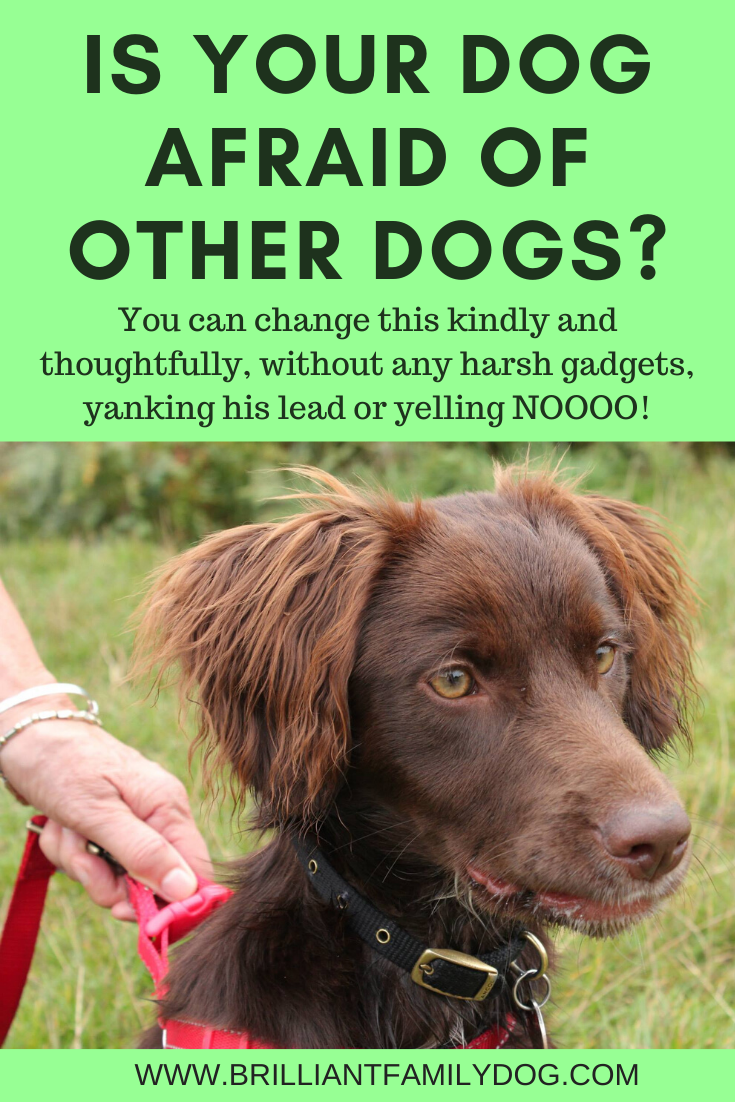One of the joys of my work is that I see more and more people starting out on their dog-owning journey using only force-free methods. HOORAY!!
They have dismissed all those noisy “balanced” or shock trainers. They’ve seen through them for what they are: bullies.
They have no wish to treat their dog any differently from the other members of their family.
They’ve got rid of the aversive equipment they were persuaded to spend money on in order to keep their poor dog under ever tighter physical control. They’re ready to rock and roll!
Kudos to these dog-owners for wanting to treat their dog humanely! and not falling for the clever marketing of the tv personality “trainers”
Trouble is, some of the old methods die hard. While the spirit is willing, the new neural pathways have yet to be cut!
❓ “If I treat him when he barks, isn’t he going to think I’m rewarding him for barking?”
❓ “If I let him choose where he wants to sleep, won’t he take over the house and steal my bed?”
❓ “If I let my puppy sleep in my bedroom, will I never be able to get him out?”
❓ “Do I have to carry treats for the rest of my life? When can I get rid of them?” (I dunno - when does your boss stop paying you?)
And here’s a good one:
❓ “I’ve done what you told me and we’ve kept our reactive dog away from other dogs. But won’t that make him more afraid of them?”
It’s great that I frequently get queries from folk who are just starting out on their new force-free journey with their reactive, anxious, aggressive - Growly - dog.
This query comes up surprisingly often.
And it shows that - while they’re doing their best to follow a kinder way - they haven’t yet grasped the reason behind it.
Tell me: Let’s say you were afraid of spiders. I mean terrified. And I made sure to keep you away from them (or them away from you!) as much as possible, so that you didn’t continually get frights and panic attacks, always on full alert, ready to “fight or flee”. How would you feel if, after a few spider-free months, you saw one?
Would you feel exactly the same level of anxiety as you did when you came across spiders all day, every day?
OR
Would you feel less alarmed, having spent months not jumping out of your skin every few hours?
Might you, in fact, be able to look at this spider with curiosity rather than blind panic?
So it is for your dog!
Giving your dog distance from the thing he fears allows all his systems to return to normal levels. Hormones stabilise. Heart rate plummets. Stress levels are down. He is no longer scanning the horizon waiting for a dog to appear. You can actually enjoy a walk together!
Once you’ve got to this point, you’ve got something you can work with, as opposed to the spinning, lurching, tense ball of fear and noise that you previously got on sight of another dog.
You’ve desensitised your dog from other dogs (at a great distance). Now you can start Phase II of the operation! You can start counterconditioning him to other dogs at a slightly closer distance.
This part requires some skill and a lot more understanding. I go into it in great detail in From Growly Dog to Confident Dog I’m keen that you should learn this thoroughly so that you get it right from the start!
For now, suffice it to say that you need to associate those distant dogs with the appearance of something really good - turkey, sausage, cheese, liver cake are all winners here - changing the emotional response of your dog to the things he previously feared.
Your dog kicking off at other dogs is the result of how she feels about the sight of a dog approaching. This is how the sequence goes:
Dog appears
Your dog thinks OH NO!
Your dog feels afraid
Your dog barks and lunges and screams to get the other dog to go away
(And I could add - you feel embarrassed, wretched, and helpless.)
So this is where we honour the dog, honour her feelings, and change the actions which are a result of those feelings.
✅ Yes. Your dog will gradually become more tolerant of dogs in her environment, simply because she no longer has that knee-jerk fear reaction when she sees one.
✅ And YES. Keeping your dog at a safe distance for as long as it takes will help this process.
❎ Nope. She’s not going to feel worse about strange dogs the less she sees them, any more than you’ll feel worse about spiders the less you see of them.
Learn exactly what your Growly Dog is thinking and why he does what he does, with our free email course
THIS E-COURSE IS A BONUS FOR YOU WHEN YOU SIGN UP TO RECEIVE EDUCATIONAL EMAILS AND OCCASIONAL OFFERS FROM ME. YOU CAN UNSUBSCRIBE AT ANY TIME.
Privacy Policy


